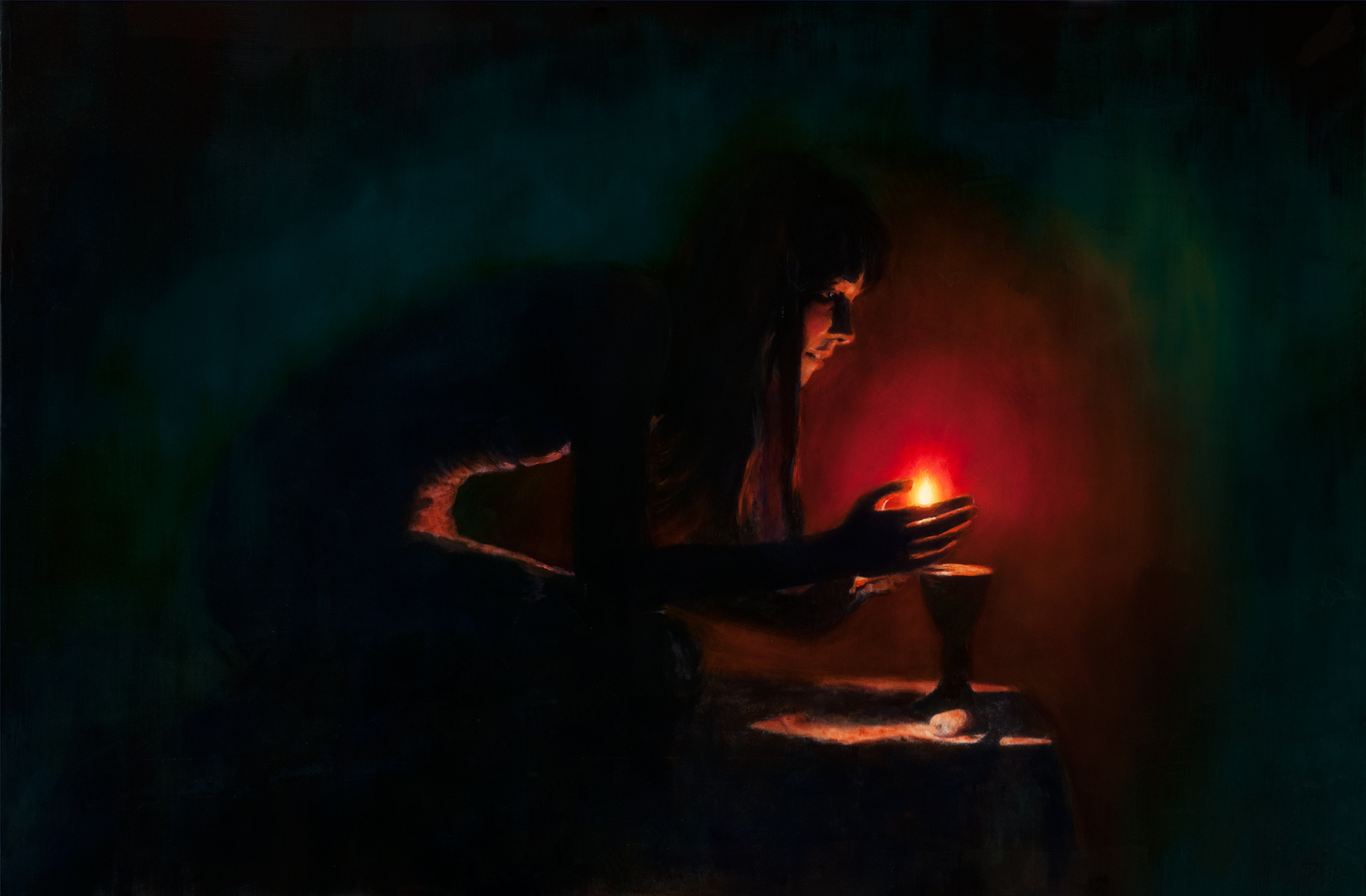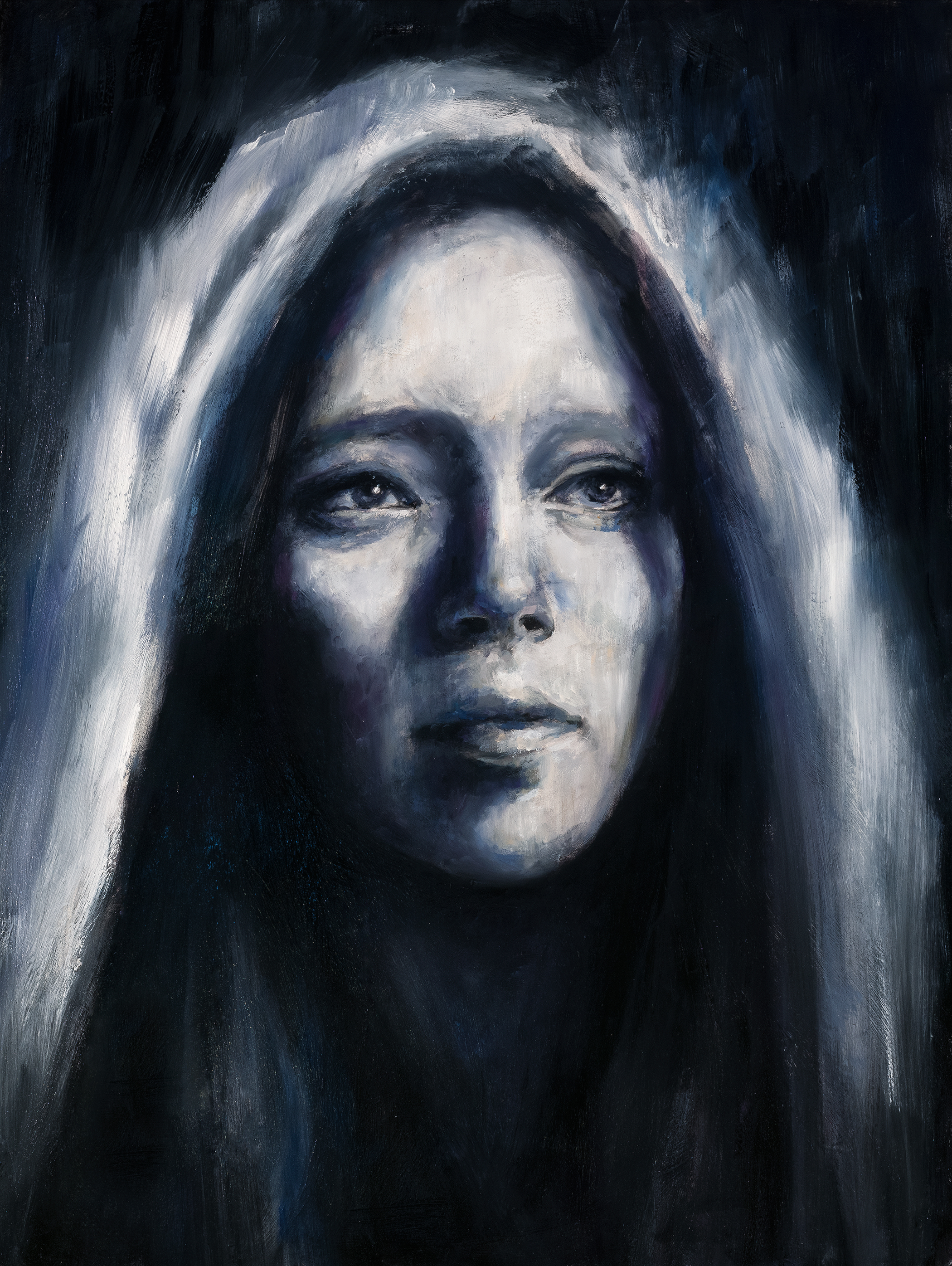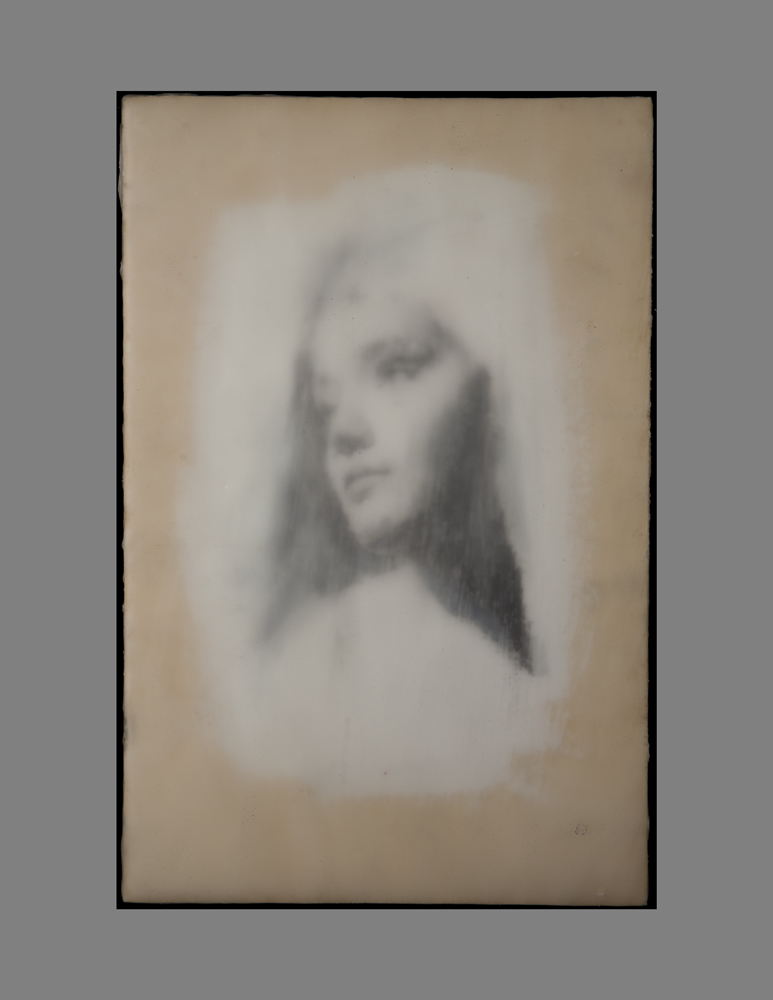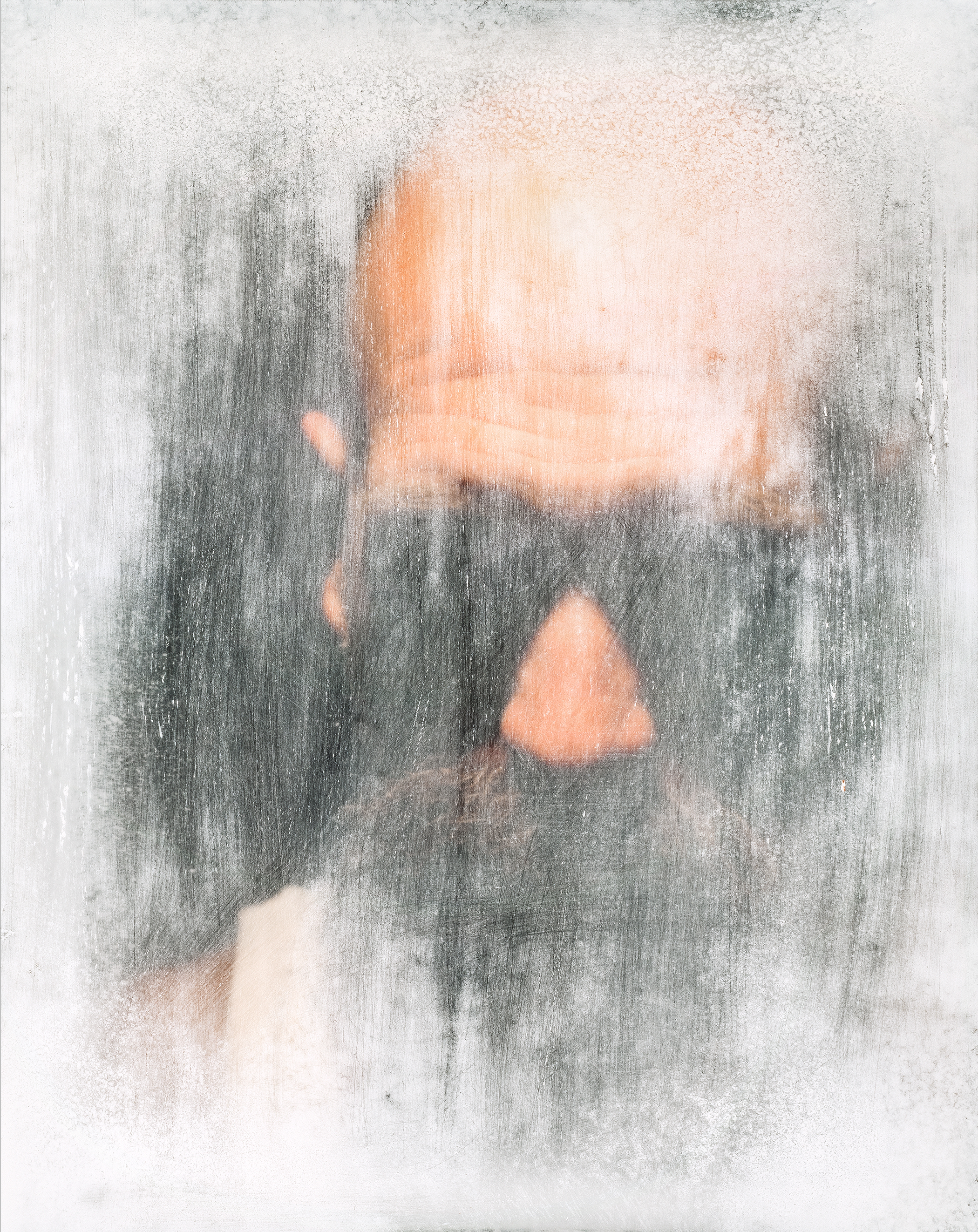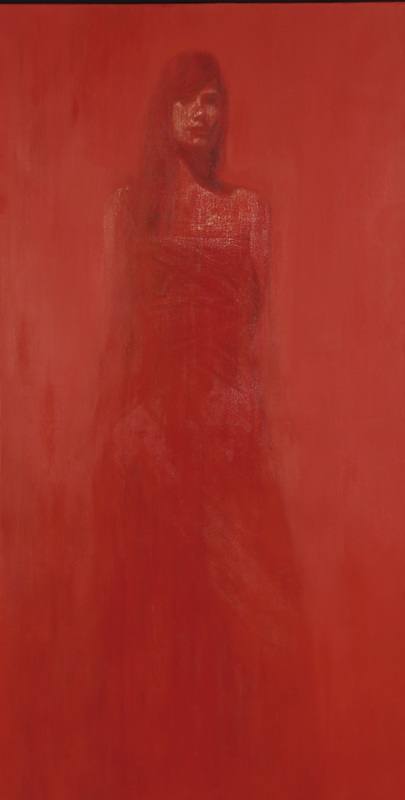IF YOU GO> What: "Invocation," works by Michael David, Eric Keller and Laura Willett.> When: Ongoing beginning Nov. 7. Opening reception from 5-9 p.m.> Where: Northshore Gallery of Contemporary Art, 505 Cherokee Blvd.> Phone: 423-400-9797.
For husband-and-wife artists Eric Keller and Laura Willett, collaboration might have been a natural progression for their mixed-media works.
"And when I say mixed media," Keller says, "I really mean mixed media.
"We work in oil, encaustic, waxes and resins where the process is very layered. We also use photographs, which we obscure with Plexiglas, where we sand into it to give it this ghostlike image. We also draw using graphite and charcoal."
Both studied art at UTC and continued working individually after marrying six years ago. Working together on more recent projects has caused them to "really push the materials," Keller says.
"We've done a lot of scraping and sanding and pushing. Our collaborative pieces are more ghostly, utilizing the photographs manipulated with paint and behind Plexiglas."
The two will have 30 to 40 pieces in a gallery show opening Nov. 7 at the Northshore Gallery of Contemporary Art. Also part of "Invocation" will be a couple of pieces by Michael David, the former Plasmatics bass player and an influential artist who has been mentoring the couple lately. David is known for an encaustic technique of painting using pigment combined with heated beeswax.
"He might only have one or two pieces, but his works are 5 to 7 feet, so they are big," Keller says.
Their careers as teachers also inform Keller's and Willett's work. Keller has taught art at Chattanooga School for the Arts and Sciences for 12 years. Willett has been at Baylor School for 15.
Willett believes her role as an educator affects her work more than it does her husband's.
"I think it makes me kinder to myself," she says. "Eric will say, 'You would never say that to a student.' I encourage them to fail and push themselves, and sometimes I do forget to play."
She recently switched from teaching high-schoolers to sixth-graders and says the change is refreshing.
"There is not one ounce of cynicism in them. They think everything they do is great. They have this sheer joy in putting a mark down or in [choosing] a color. It's wonderful to see it in their faces."
Keller says teaching has helped to sharpen his critical and self-editing skills. "I am a lot more deliberate, and I can troubleshoot my own work. Kids have such a fresh outlook."
Willett says her art's focus is on challenging people's perception of women. She might paint a tattooed woman in a prison cell striking a Madonna pose, for example, she says.
"We see women as either sinners or saints, whores or good girls, and I've been around a lot of women facing challenges, and we don't always know what is going on."
Willett's work, says David, portrays "contemporary women who have lived lives of oppression, heartache, abuse and, ultimately, redemption."
"These modern-day Magdalenes, with their tattoos and fixed stares, are painted in the traditional techniques of the Italian Masters and with a devotional and intimate virtuosity. This juxtaposition, between women that have lived on the margins of society and historic religious icons of the 15th century, poses the question of the essence of all faith and forgiveness - reclaiming the original and most powerful interpretation of the Magdalene narrative."
Willett says her husband has influenced her work to be less figurative and to be more open to the viewer's interpretation.
"He is a lot more experimental."
Keller says his pieces used to be more figurative but not always immediately representative.
"I might paint a body in the classic style but have body parts in different places."
He also has been doing more landscapes, and those are leaning more toward abstract than figurative. Part of that is because of the materials he and Willett use, he says, citing the effect that the encaustic process and the sand Plexiglas create.
Contact Barry Courter at bcourter@timesfreepress.com or 423-757-6354.

